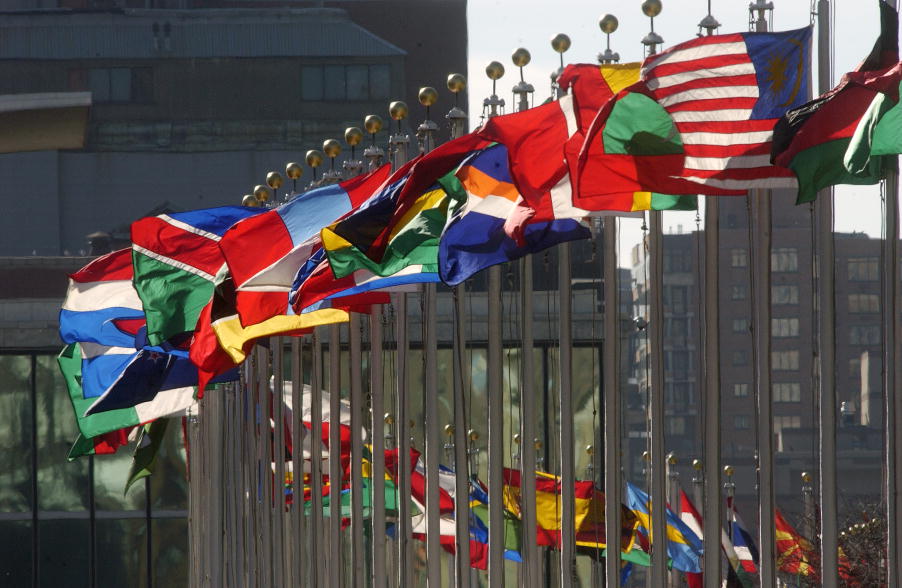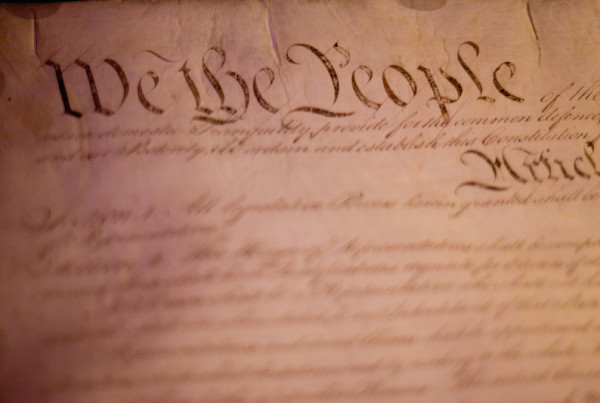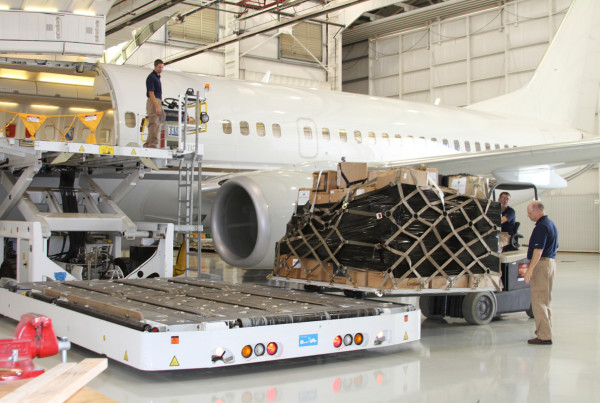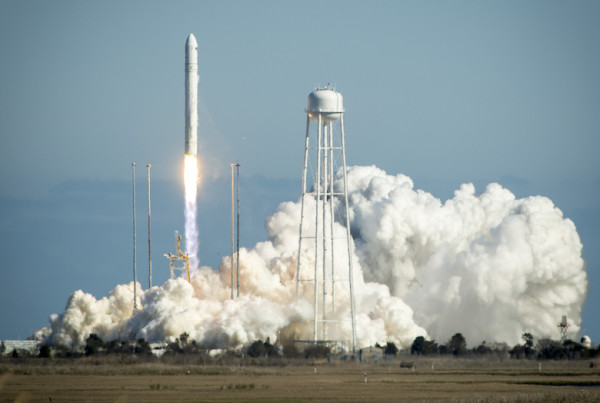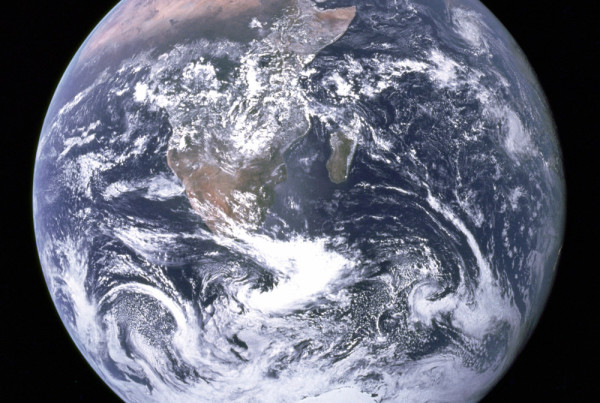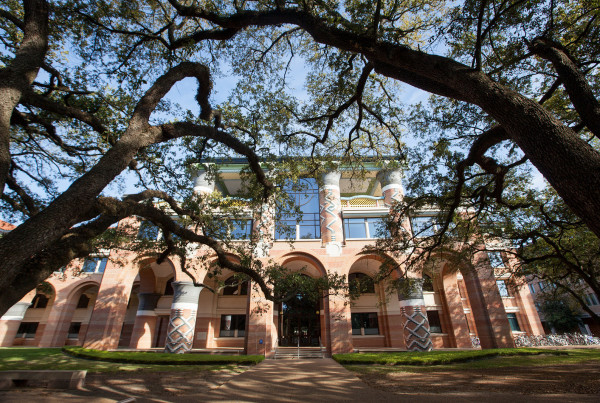The immigrant crisis at the Texas border continues. Tens of thousands of individuals have arrived after fleeing violence in Central America, many of whom are children. The United Nations now says it will assist the U.S. with screening those migrants. Wednesday in Washington Secretary of State John Kerry announced the new refugee resettlement program.
“We have plans to expand the U.S. refugee admissions program in order to help vulnerable families and individuals from El Salvador, Guatemala and Honduras and offer them a safe and legal alternative to the dangerous journey that many are tempted to begin,” Kerry said.
But how will this work and what does it mean for the local and state officials who have been dealing with this crisis on and off for two years?
Dylan Baddour of the Houston Chronicle has been reporting on the developments.
“Since last fall the numbers of arrivals at the border started to tick up dramatically, especially when looked at in light of seasonal trends,” Baddour says. “Now as they’ve been increasing over several months. It’s gone near to crisis levels we saw in 2014.”
Baddour says that while the United Nations is getting involved, it’s important to know that the organization won’t be operating within Texas borders.
“What they’re doing is setting up facilities around Central American countries,” Baddour says. “We don’t know exactly where to screen people for refugee status. Until now what has happened is people seeking asylum – which is different than refugee status – have had to hire smugglers to take them over this several thousand mile journey to the Texas border where they seek asylum at the ports of entry.”
The facilities will take people and give them shelter and allow them to submit their application for U.S. refugee status, which is determined by international law upheld by the United Nations. The centers will be an acknowledgement of a substantial crisis going on in Central American countries, Baddour says.
“This itself is a pretty dramatic reframing of the issue, that until now has been seen largely as an immigration issue – or it’s been pitched as an immigration issue by lawmakers here,” Baddour says. “This is assuring it as a refugee issue… that requires heightened infrastructure for accepting applications, reviewing applications and resettling people who must flee their homeland because of violence.”
This announcement comes not long after the Department of Homeland Security held mass deportation raids targeting families – many of whom were in Texas. Those raids received political and humanitarian backlash, saying families were being torn apart and people were being treated inhumanely. But Baddour says it’s unclear whether this action was a direct response to that criticism. It’s also unclear how long the expansion has been in the works.
“It could very well have been a plan that they started developing months ago,” Baddour says. “The timing would suggest that they were very aggressively looking for other ways to respond to this situation.”
Republicans have criticized the Obama administration for taking in too many migrants from Central America, but Baddour says many of them have expressed contentment with this new plan because it’s actually meant to stem the flow of people crossing the border.
“[Republicans] say that by installing these facilities and allowing people to apply in their home country,”Baddour says, “not so many people will make this long journey and show up at the border and then end up in federal detention facilities.”


